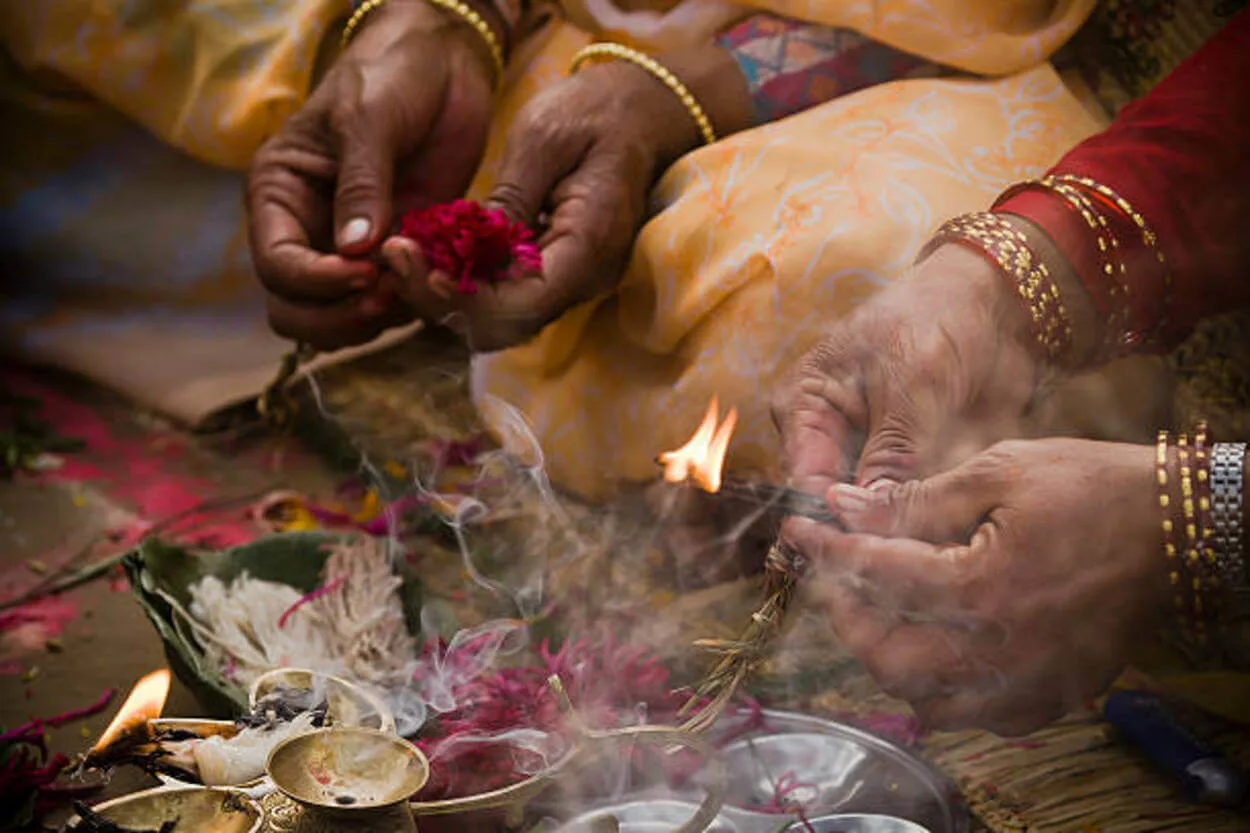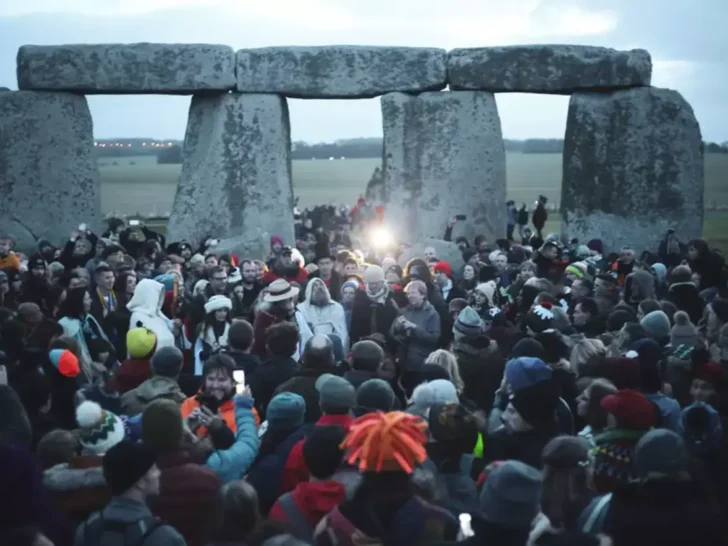Shamans and druids have traditionally held honorable positions in their cultures, with shamans serving as healers, diviners, and liaisons between their communities and non-ordinary reality and druids serving as healers, diviners, religious leaders, and political counselors.
Modern shamanism and druidism have adopted different ways and replaced the common and traditional practices of shamanism and druidism that used to be performed in earlier times.
In this article, I’ll discuss shamanism and druidism and the differences between them.
What Is Shamanism?
Shamanism is a religious approach that is used to communicate and interact with the spirit world by shamans. The main purpose of this practice is to direct spiritual energies into the physical world so that they can heal and help human beings somehow.
Scholars from a number of fields, such as anthropologists, archaeologists, historians, religious studies scholars, philosophers, and psychologists, have been drawn to “shamanic” beliefs and practices.
Several books and academic papers have been published on this topic, and a peer-reviewed academic journal dedicated to studying shamanism has been established.
In the 20th century, a counter-cultural movement was started, such as hippies by non-indigenous Westerners, and the New Age impacted modern magico-religious practices, resulting in neo-shamanism or the new shamanic movement, which was affected by their views of diverse indigenous faiths.
This practice greatly impacted the development of severe practice and has faced criticism and accusations of cultural appropriation.
Apart from that, whenever outsiders attempt to perform or depict ceremonies of centuries-old cultures to which they do not belong, they are subjected to exploitation and misrepresentation.

There are different types of variations in shamanism. The main belief of a shaman is affected by the religion they believe in and work in. Different shamans have different methods of practicing their ceremonies. For example, in a Wiccan belief system, shaman methods are used.
That said, here are a few forms of modern shamanism beliefs:
Animism
The majority of shamanism follows this modern shamanism belief. The main belief of animism is that nature has its own spiritual entities, and there’s a way to interact and connect with them. They believe that some of these spirits are malevolent and some of these are benevolent.
Non-ordinary Reality
Following this modern form of shamanism, Shamans believe there’s a separate reality of spirits, which they refer to as non-ordinary to differentiate it from ordinary reality.
The Three Worlds
Shamans believe there are three worlds in non-ordinary reality: the lower, middle, and upper. Each has its own entrance, spirit residents, and shamanistic purpose.
Shamanic Journeying
A shaman performs a journey to restore the balance between nature, emotional, physical, and mental healing and to communicate by accessing the non-ordinary reality.
Interconnection
Most shamans believe that all life is interrelated and, as a result, reciprocally entangled with the spirit world. To bargain and secure enough food for their communities, shamans take this journey to connect with the spirits of a school of fish.
What Is Druidism?
Druidism is also known as Druidry. It’s a modern spiritual or religious movement that encourages people to cultivate respectful relationships with the world’s physical landscapes, flora, animals, and varied peoples, as well as with natural deities and spirits of place.
There are different types of religious beliefs among modern druids. However, the divine element of nature is revered by all current druids.
While there are significant regional and intergroup differences in modern Druidry practice, Druids all over the world are united by a core set of spiritual and devotional practices like:
- Meditation/prayer/conversation with deities and spirits
- Extrasensory methods of seeking wisdom and guidance
- The use of nature-based spiritual frameworks to structure devotional practices and rituals
- Regular practice of nature connection and environmental steward
The early neo-Druids attempted to resemble the Iron Age priests, also known as druids and arose from the 18th-century Romanticist movement in Britain, which romanticized the ancient Celtic peoples of the Iron Age.
Modern Druidism: Beliefs, Practices, and Diversity
There was not much information about this ancient priest at that time, there was no connection between the modern druidic movement with them.
For 54 percent of world Druids, Druidry is their single religious or spiritual path; for the remaining 46 percent, Druidry is practiced alongside one or more other religious traditions.
Buddhism, Christianity, shamanistic traditions, Witchcraft/Wicca, northern traditions, Hinduism, Native American traditions, and Unitarian Universalism are the most common religions among the druids.
In addition to identifying as Druids, 63 percent of world Druids identify as Pagans or Heathens; 37 percent of Druids reject both designations.
While many consider Druidism a religion, its essential ideas are interpreted and articulated differently by different branches, groves, and individuals.
Here’s a table containing general principles that can be applied to the bulk of current druids:
| Characters | Explanation |
| Lack of Rigid Beliefs or Dogma | Druidry strongly believes in personal experiences Consider personal expression and assumptions as to their personal revelation |
| Magic | Magic is a common ritual among many druids |
| The Afterlife | Druids don’t believe in hell or heaven after death They assume an afterlife known as reincarnation, or transition in another world |
| Nature as the Divine | Druids believe that nature is imbued with its own divine spirit |
| Interconnection | Druids believe all living things are connected with each other and share a relationship. |
| The Otherworld | Many druids believe in another world that they can visit through meditation or trace states. |

What Is the Difference Between Shamanism and Druidism?
The main difference between Shamanism and Druidism is that, for many people, shamanism is an approach and a way of living. They believe shamanism is a method of how they should live their lives.
On the other hand, for many people, druidism is a religion. People who follow druidism have their own religious rituals that they perform and have their own beliefs.
Another difference is that shamanism is a catchall term derived from the Ural-Altaic peoples’ word for a priest. Now, independent of faith, it’s most commonly used to designate all practitioners who use a certain manner of dealing with the spirit realm.
Druidism is considered a spiritual and religious practice primarily performed by the ancient Celtic people. This means shamanism and druidism aren’t completely separate. Some people following shamanic methods can be druids as well. Some people performing druidism practices and ceremonies can also have a shamanic approach.

Conclusion
- The term shamanism is derived from the Ural-Altaic people.
- Shamanism is a way of living and a different approach to life.
- Shamanism believes that spirits play an important role in the life of human beings.
- A common shamanism belief is that the spirit can leave the body to enter the supernatural world.
- Druidism is a religion with its own beliefs and rituals.
- Magic is a common practice among druids.
- Druids believe in the afterlife and reincarnation.

